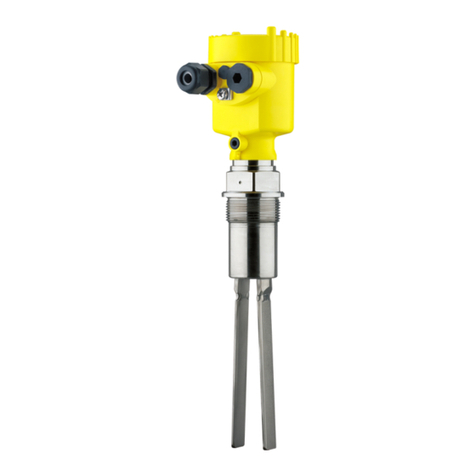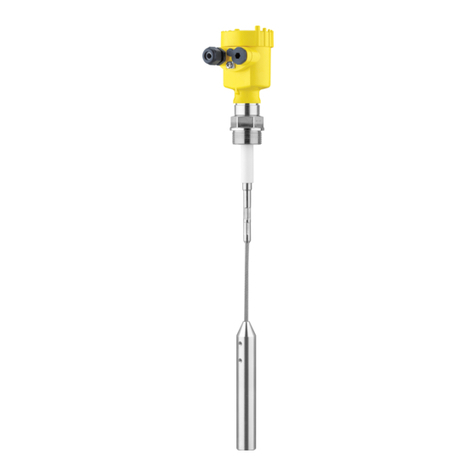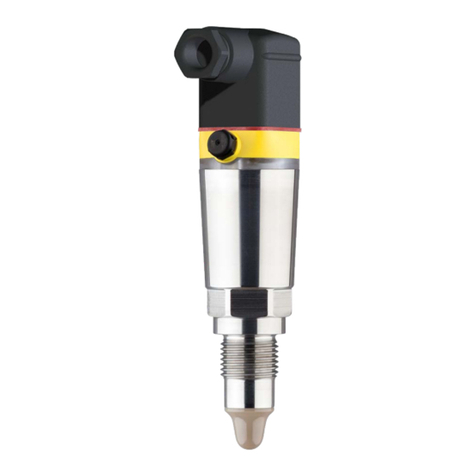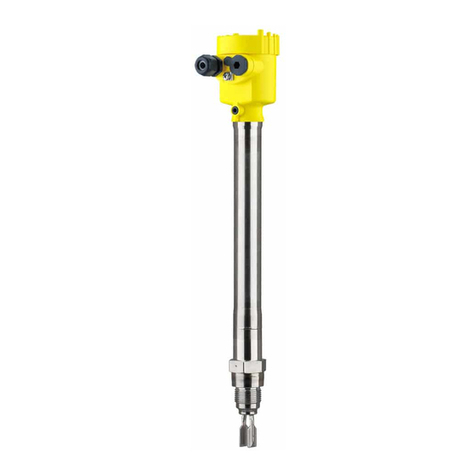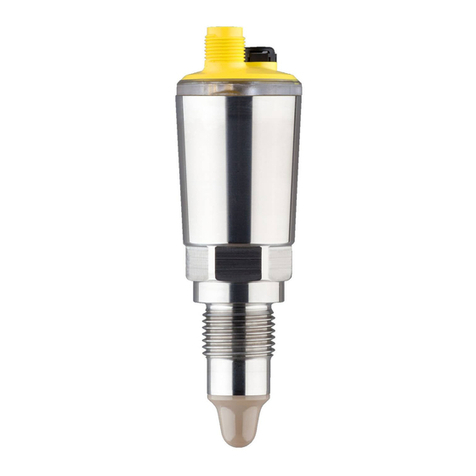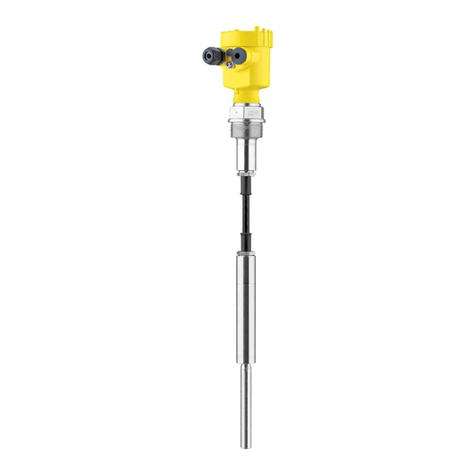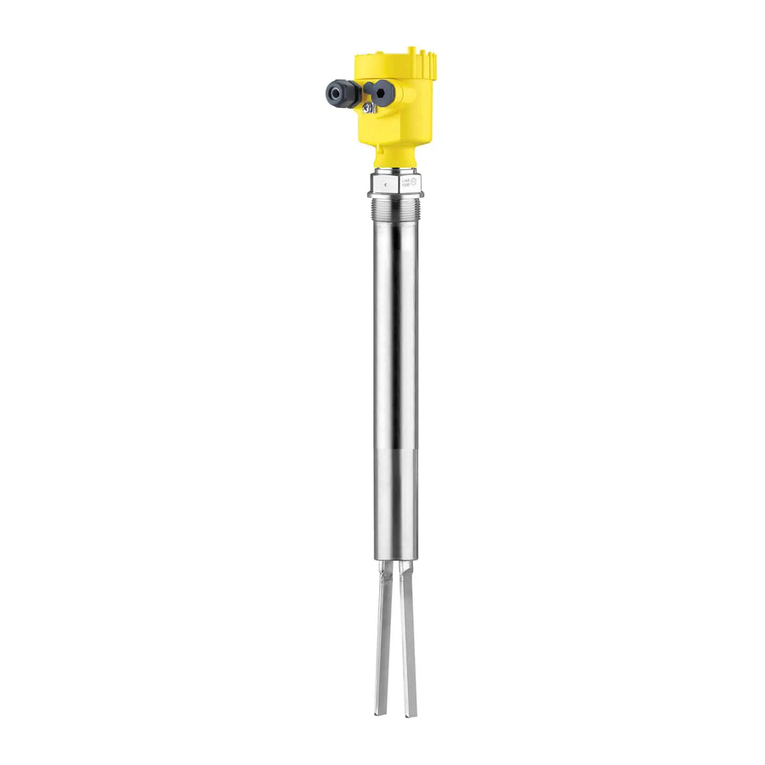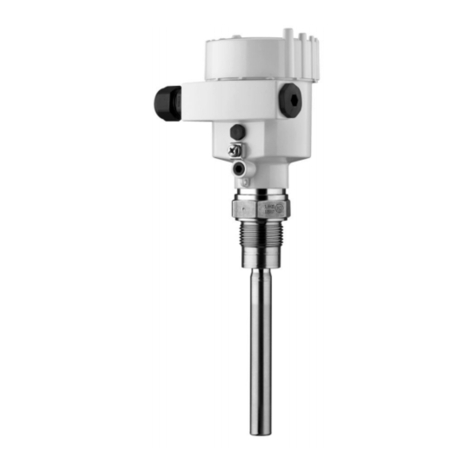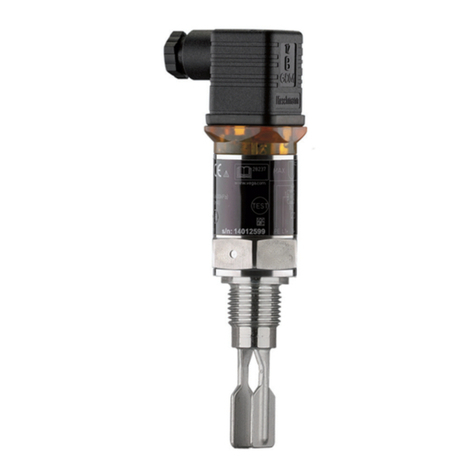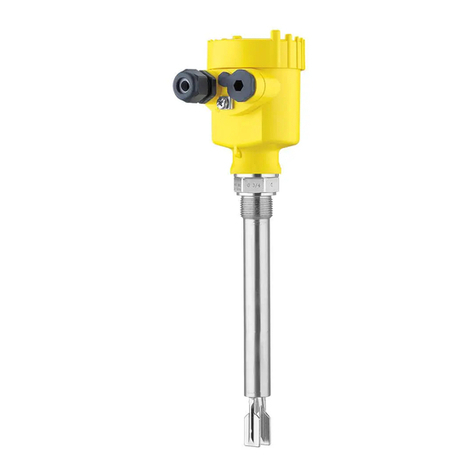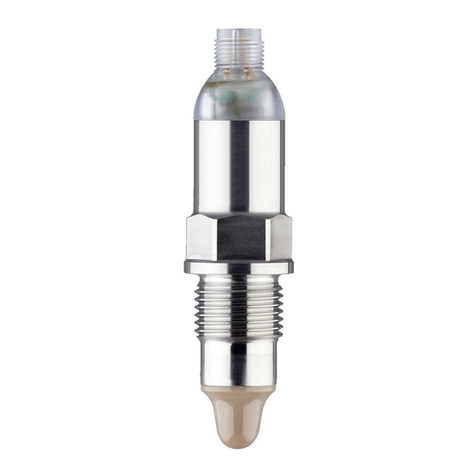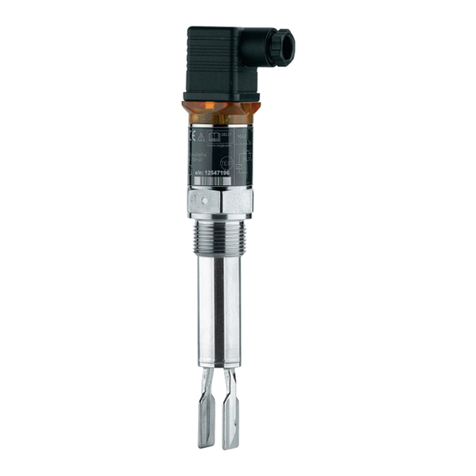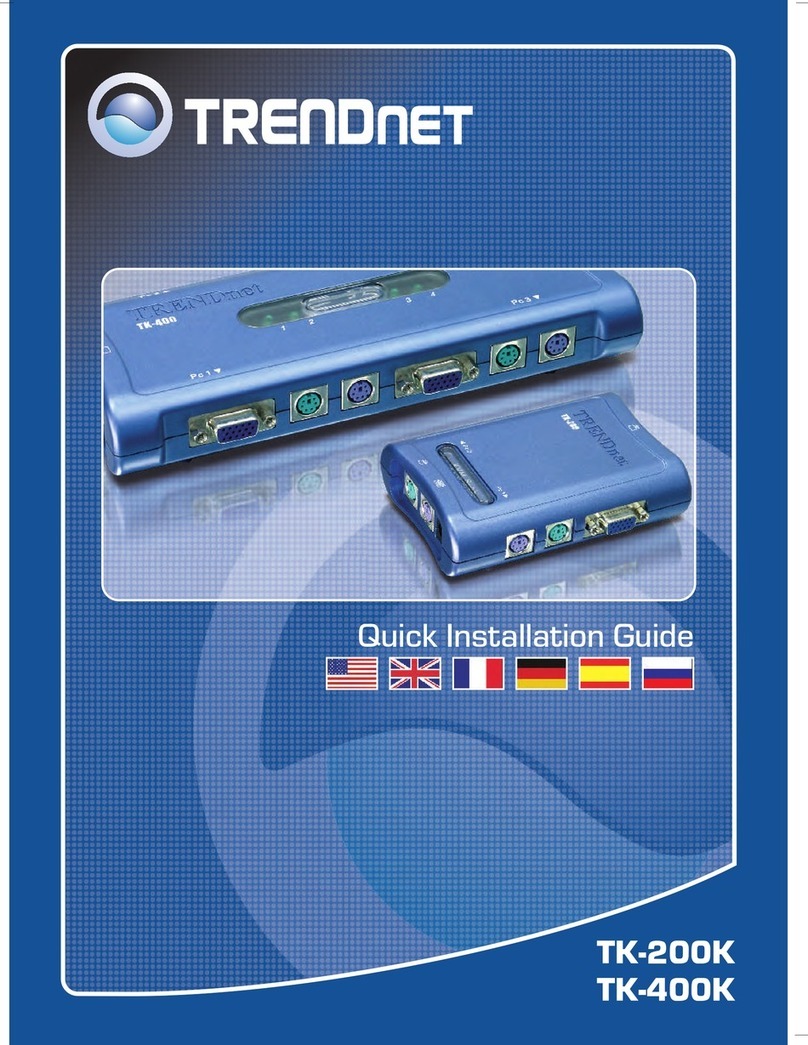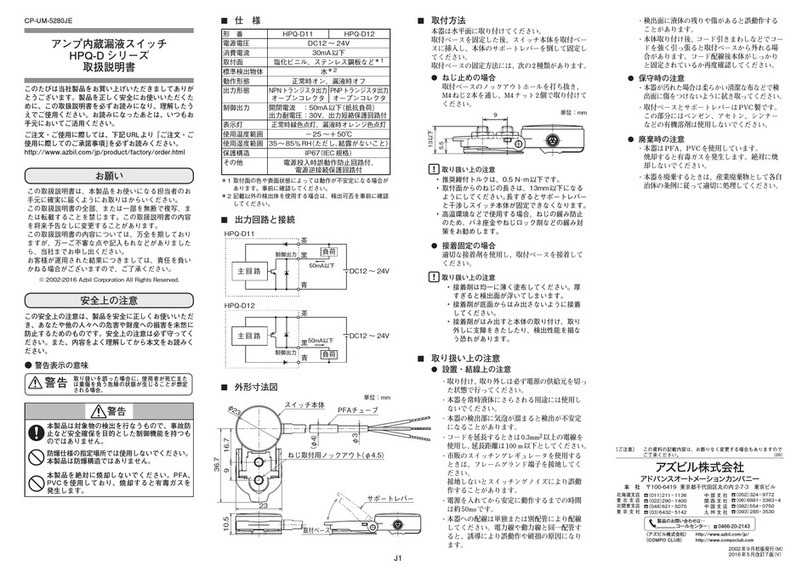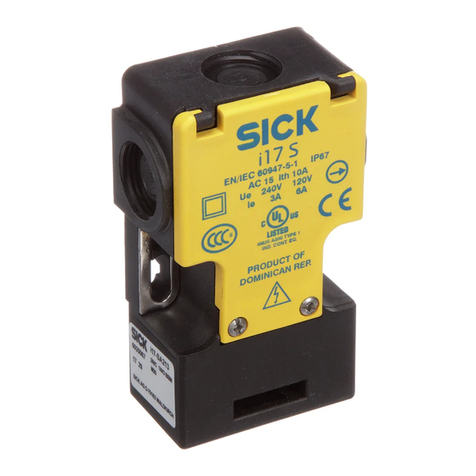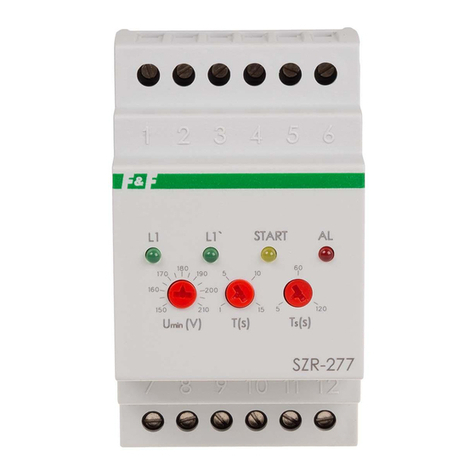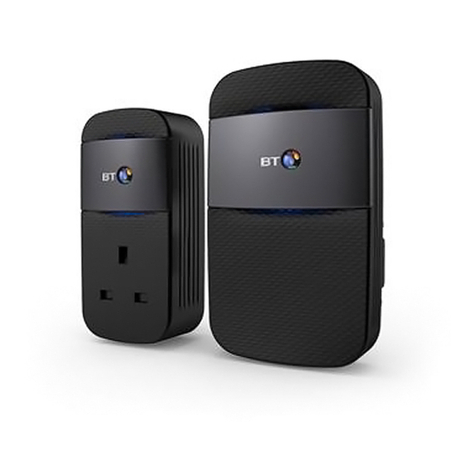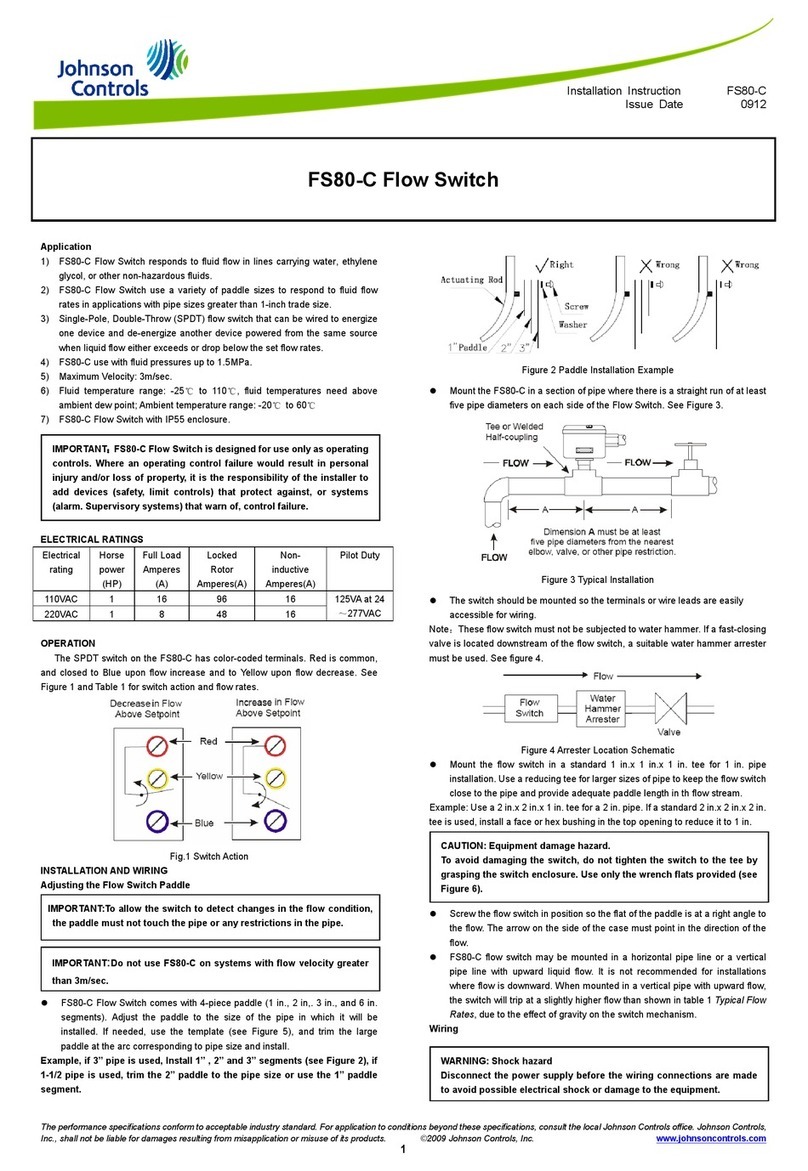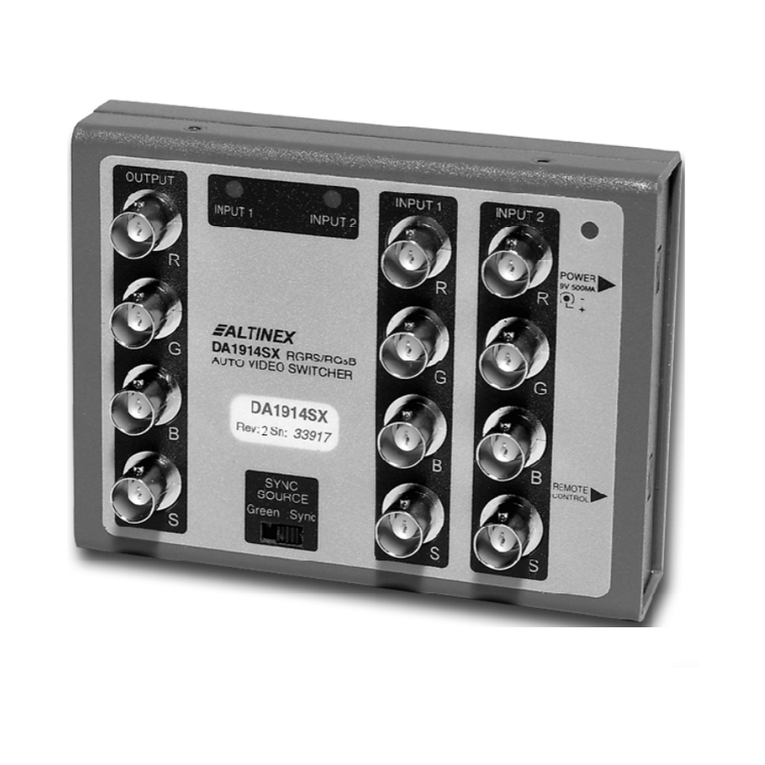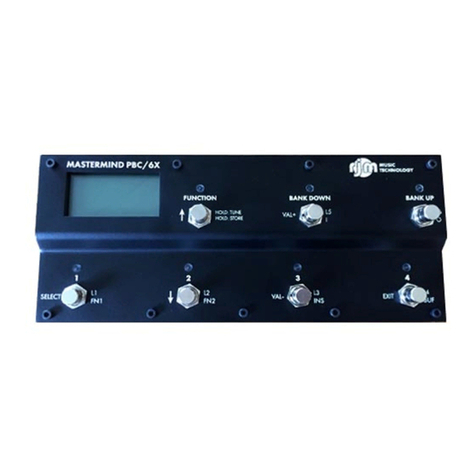VEGASWING 61, 63 - N 3
25470-EN-030707
Product description
1 Product description
VEGASWING 61 and 63
VEGASWING 61/63 vibrating level switches
are used for level detection of liquids.
Typical applications are overfill and dry run
protection. Using a tuning fork with a length
of only 40 mm, VEGASWING 61 opens up
new areas of application, e.g. in pipelines
from DN 25. Power supply and output signal
correspond to the Namur interface acc. to
IEC 60947-5-6 (EN 50227).
VEGASWING series 60 vibrating level
switches detect levels of liquids with a vis-
cosity of 0.1 … 10.000 mPa s and a density
of ≥0.5 g/cm3. Modular construction enables
their use in vessels, tanks and pipelines.
Thanks to its simple and rugged measuring
system, VEGASWING is virtually unaffected
by the chemical and physical properties of
the liquid. It does its job even under unfa-
vourable conditions such as turbulences, air
bubbles, foam generation, buildup, strong
external vibration or constantly changing
products.
• Tuning fork with only 40 mm length.
• Thread from ¾ and flanges from DN 25
(ANSI 1").
• Process temperature -50°C ... +250°C
without shock limitation.
• Insensitive to external vibration.
• Process pressure up to 64 bar.
• Also ECTFE or PFA coated or enamelled.
• Viscosity 0.1 ... 10000 mPa s.
• Density range 0.5 g/cm3… 2.5 g/cm3.
• NAMUR output.
• Ex-Zone 0/1
ATEX II 1G or 1/2G EEx ia IIC T6
ATEX II 1/2G or 2G EEx d IIC T6
• Overfill protection acc. to WHG.
• Integrated fault monitoring.
• Fixed, exactly reproducible switching
point.
• Switching point visible with closed instru-
ment (LED).
• Set-up without adjustment.
• Installation in any position.
• Min. or max. mode.
